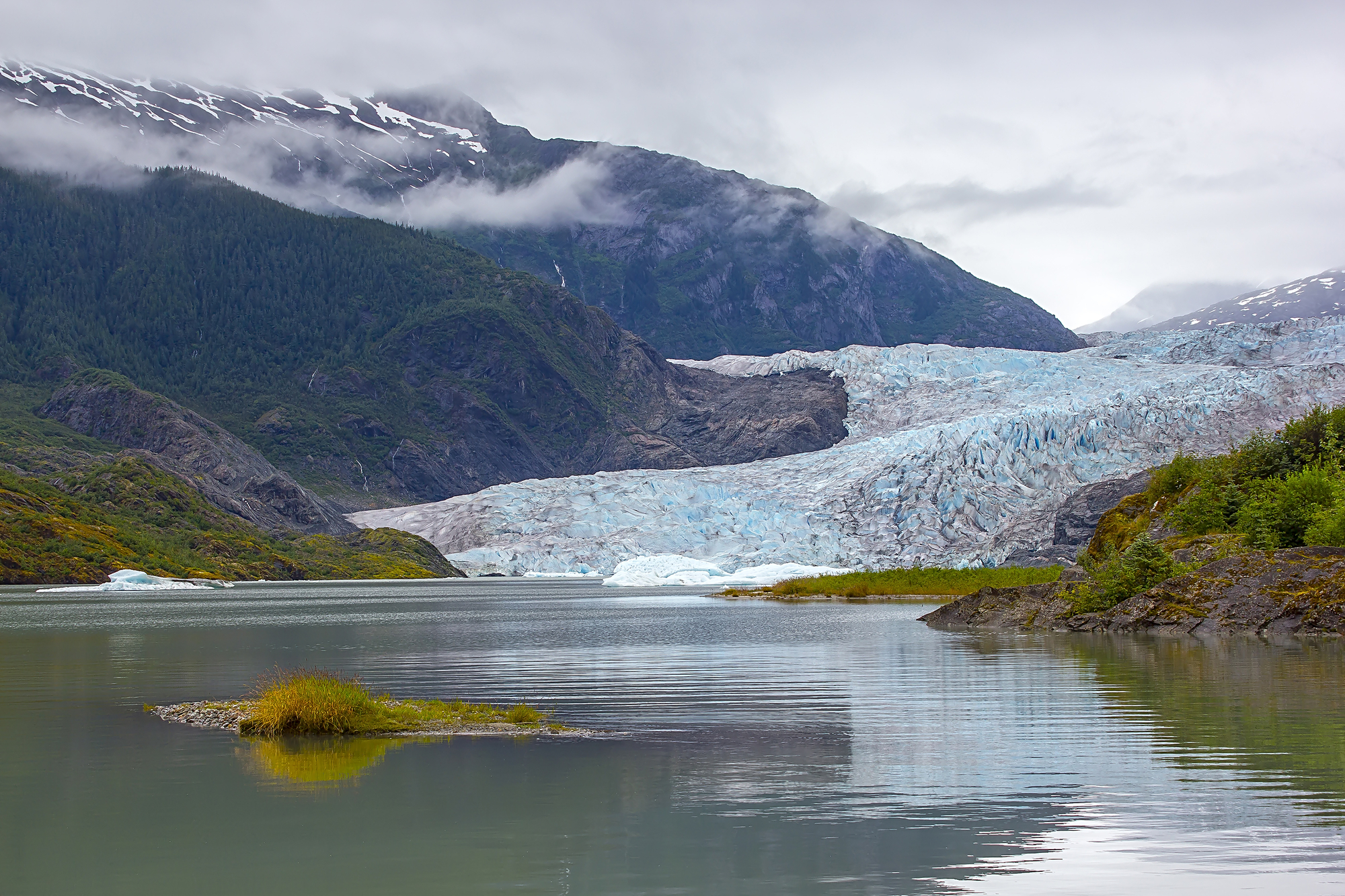
Alaska Cruise on Celebrity Solstice
August 24 - 31, 2025
$2,775 per person based on double occupancy
Waitlist Only
EXPLORE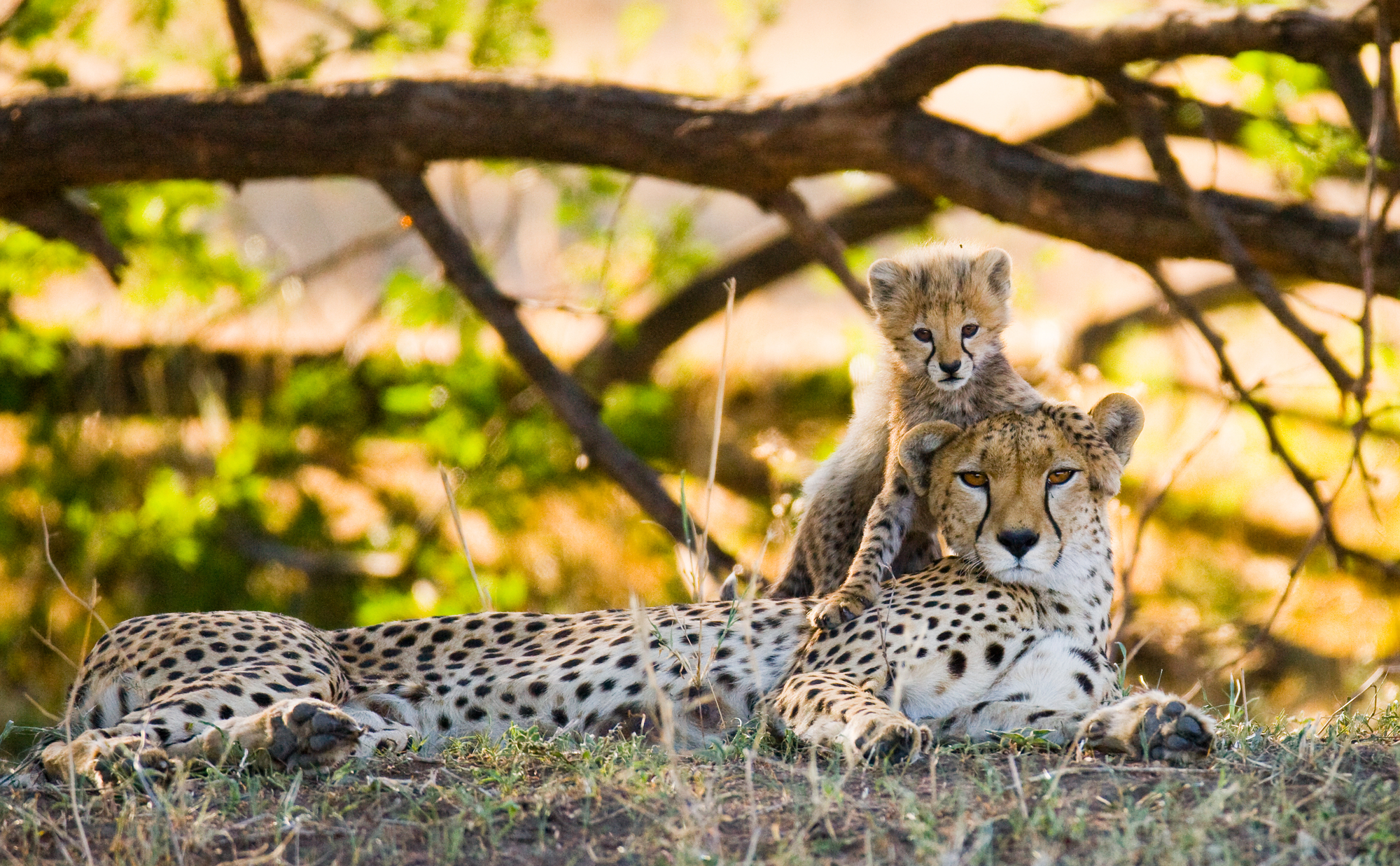
Tanzania from Kilimanjaro to Zanzibar
September 14 - 27, 2025
$8,975.00 based on double occupancy
Guaranteed Departure
EXPLORE.jpg)
Autumn in Paris
September 26 - October 06, 2025
Land Only: $4,195 based on double occupancy
Waitlist Only
EXPLORE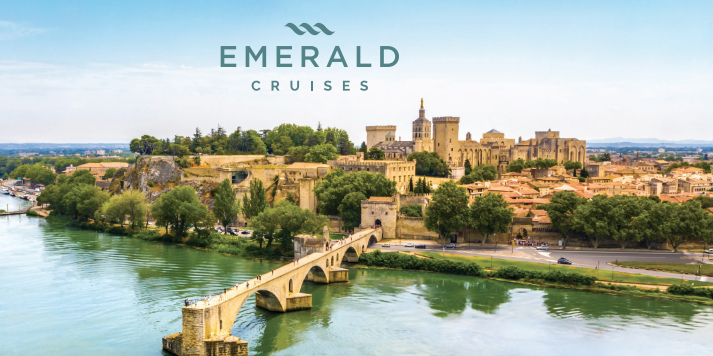
Sensations of Lyon and Provence with Nice
October 01 - 11, 2025
Starting at $5,795 based on double occupancy
Cruise is Sold Out
EXPLORE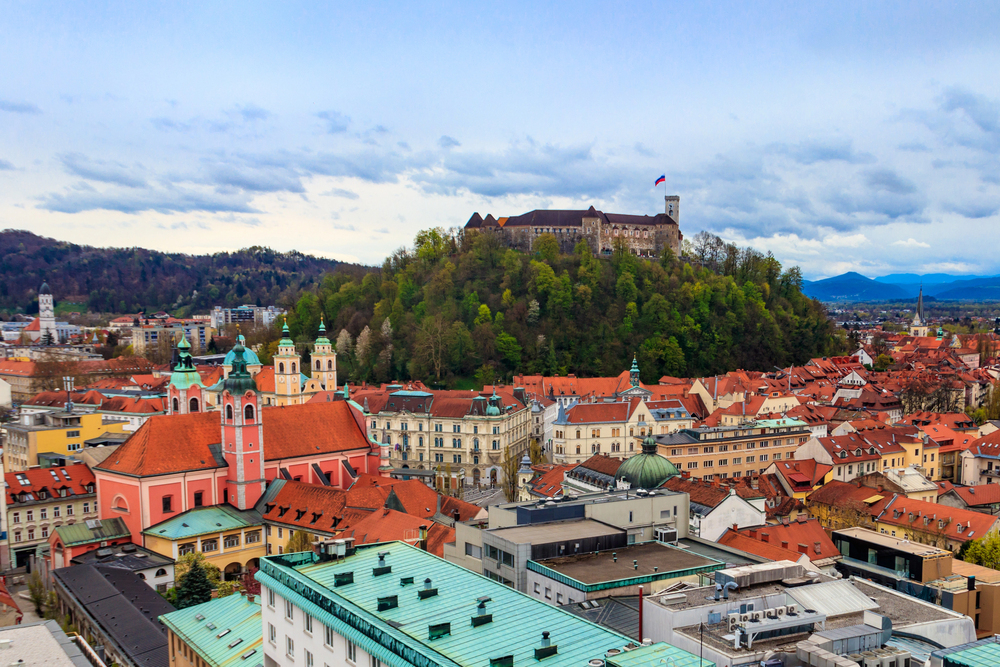
Food Focus: Friuli and Slovenia
October 16 - 26, 2025
Land only: $5,235 based on doubleoccupancy.
Waitlist Only
EXPLORE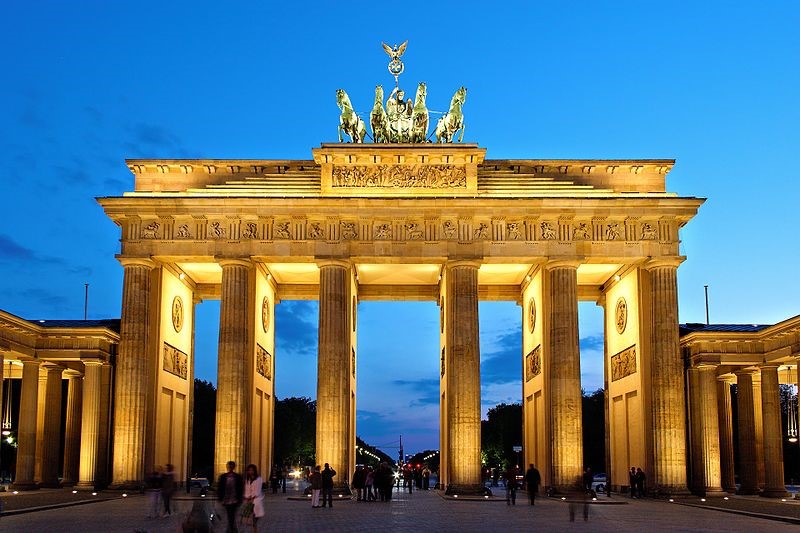
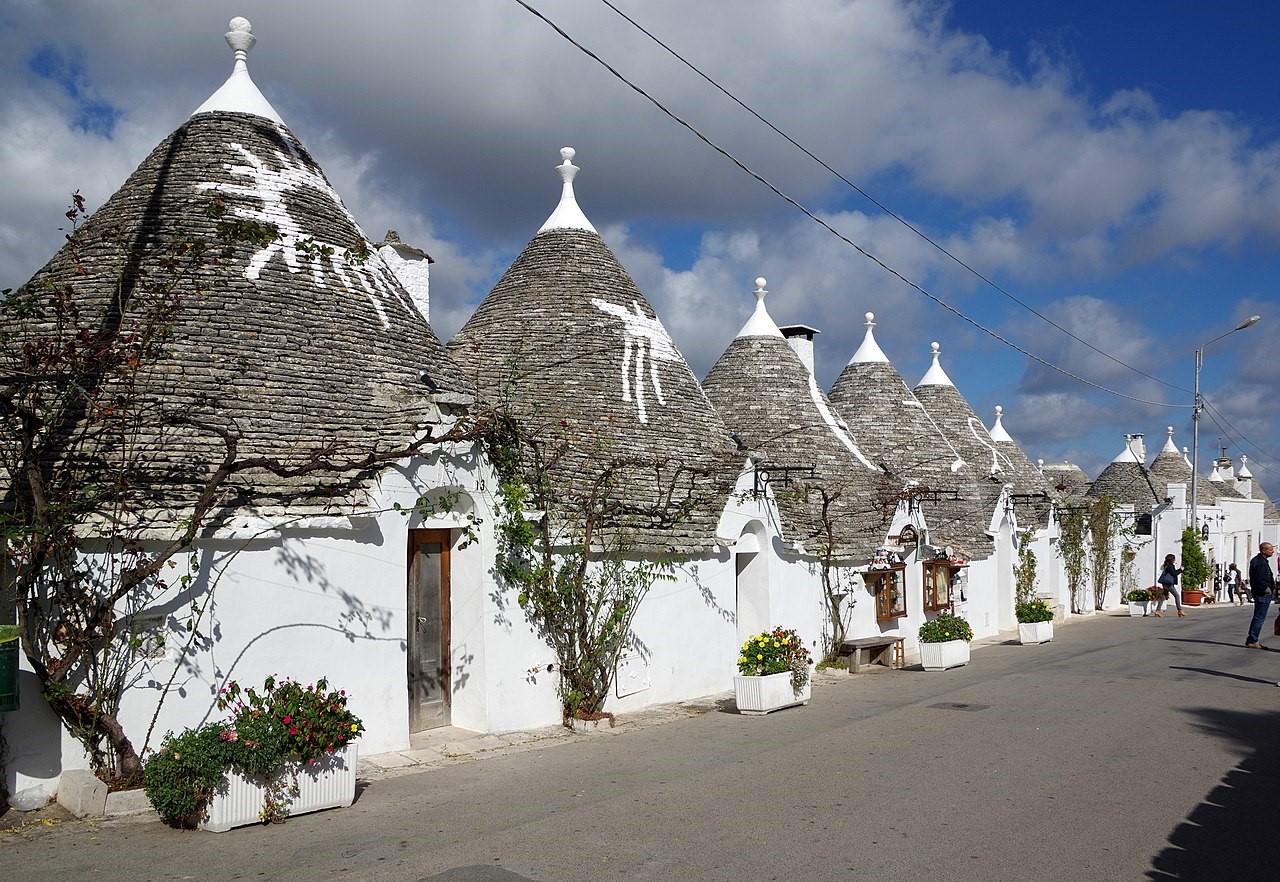
The Other Italy: A Tour of Italy's Southern Province of Puglia
November 24 - December 08, 2025
$5,995 Including air. Based on double occupancy.
Guaranteed Departure
EXPLORE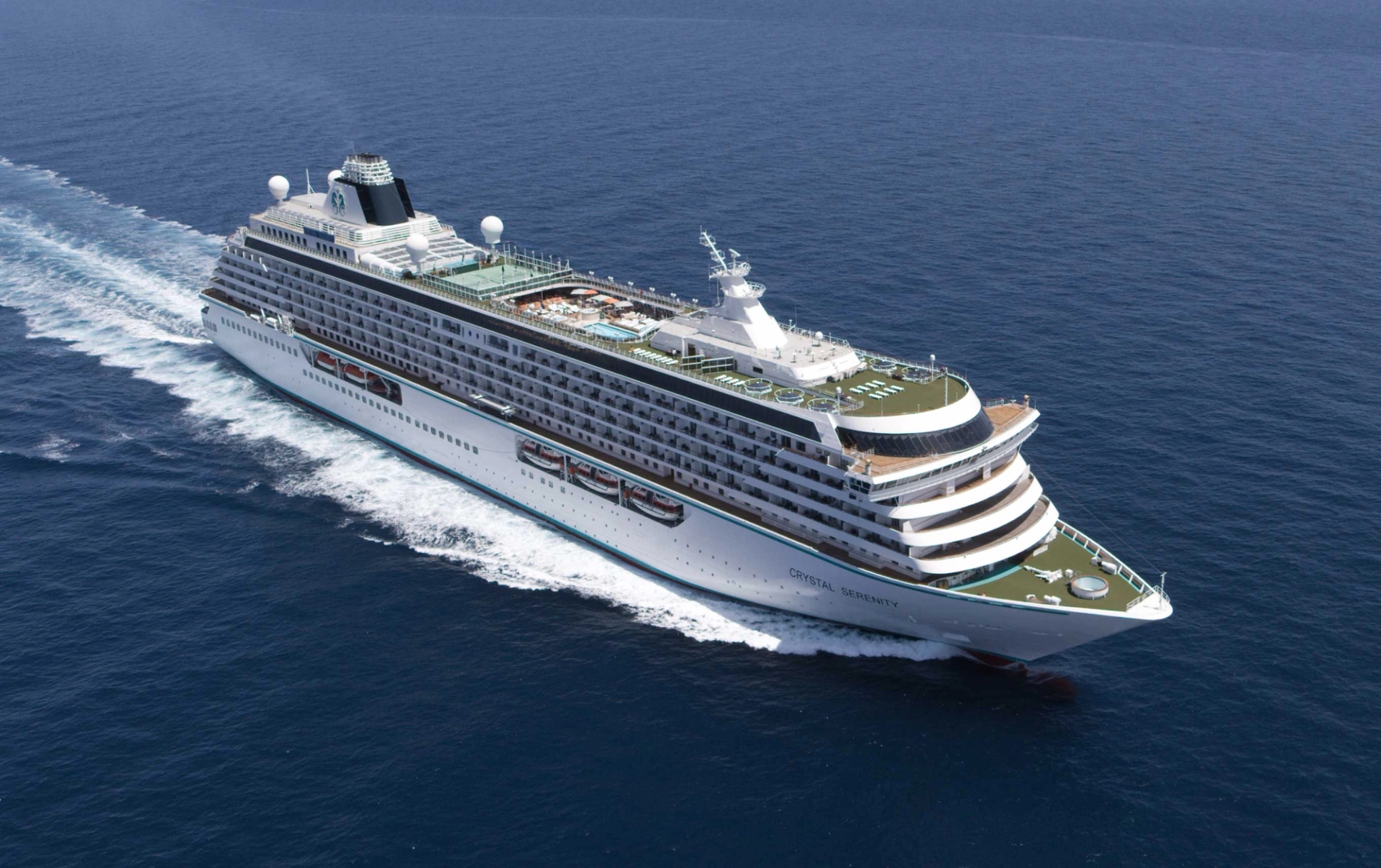
The Caribbean on "Crystal Serenity": Miami to San Juan
November 28 - December 07, 2025
Staterooms start at $5,010 per person based on double poccupancy
EXPLORE
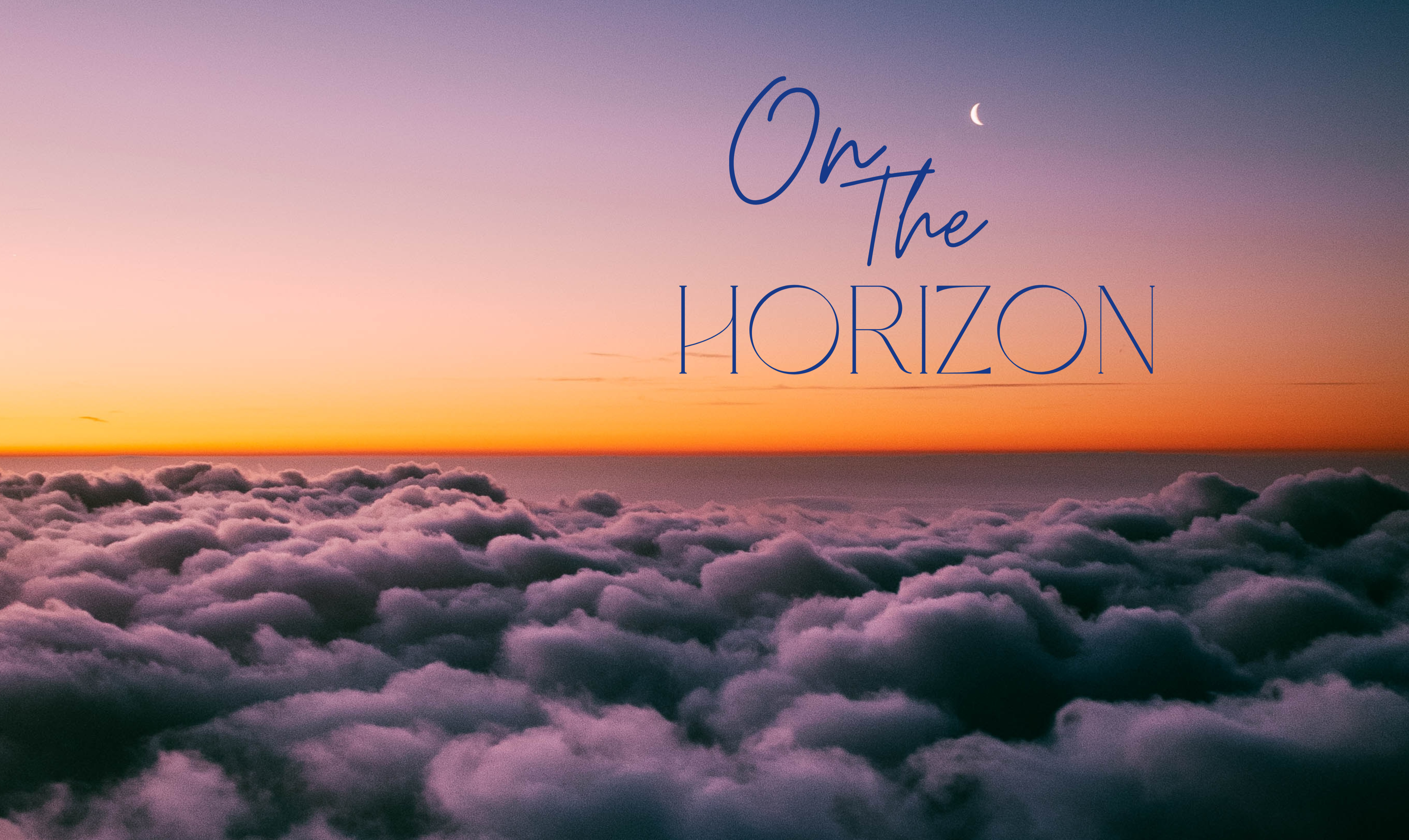
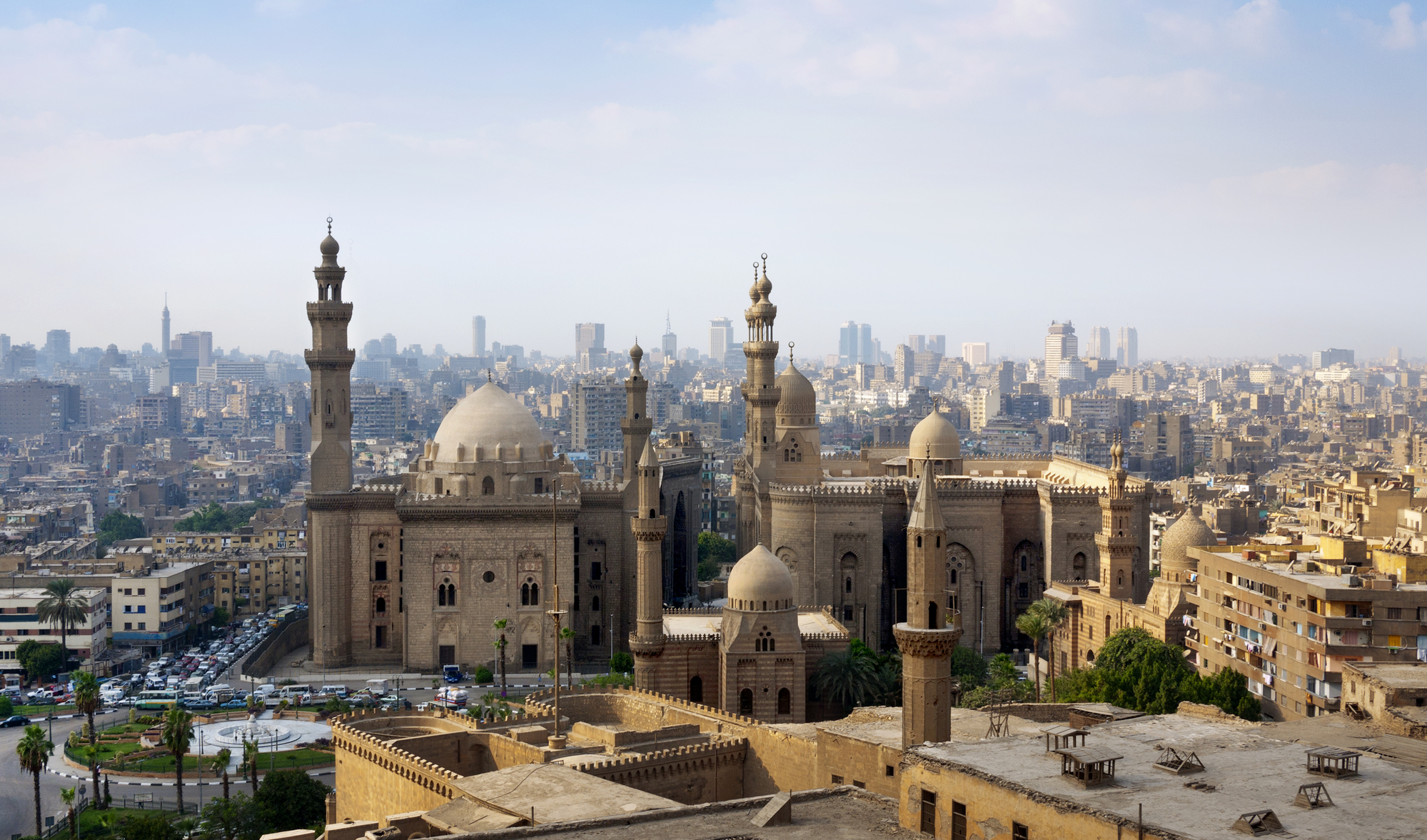
Egypt From Top to Bottom
January 31 - February 19, 2026
$10,550 including flights from Toronto, based on double occupancy
EXPLORE
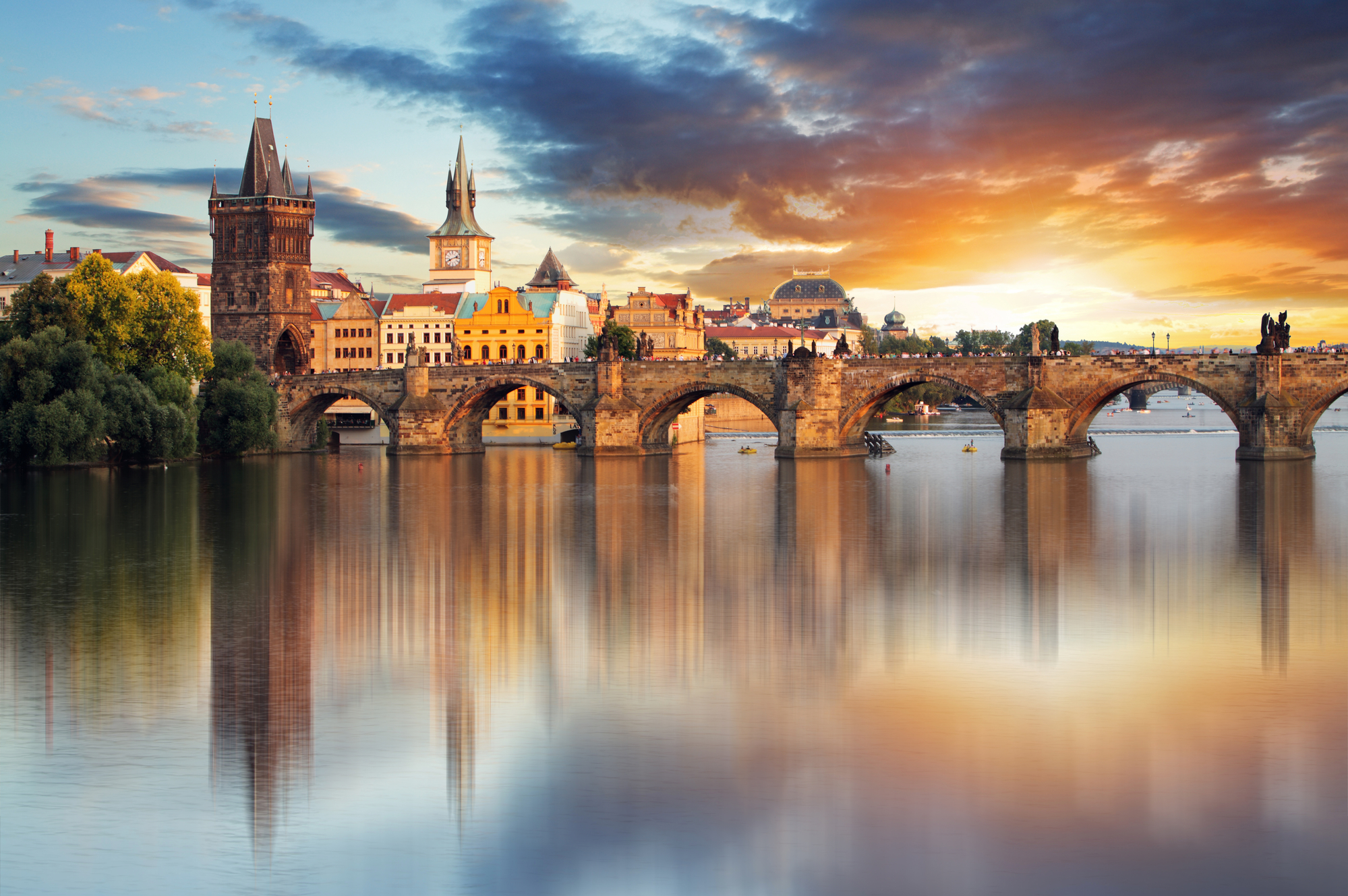
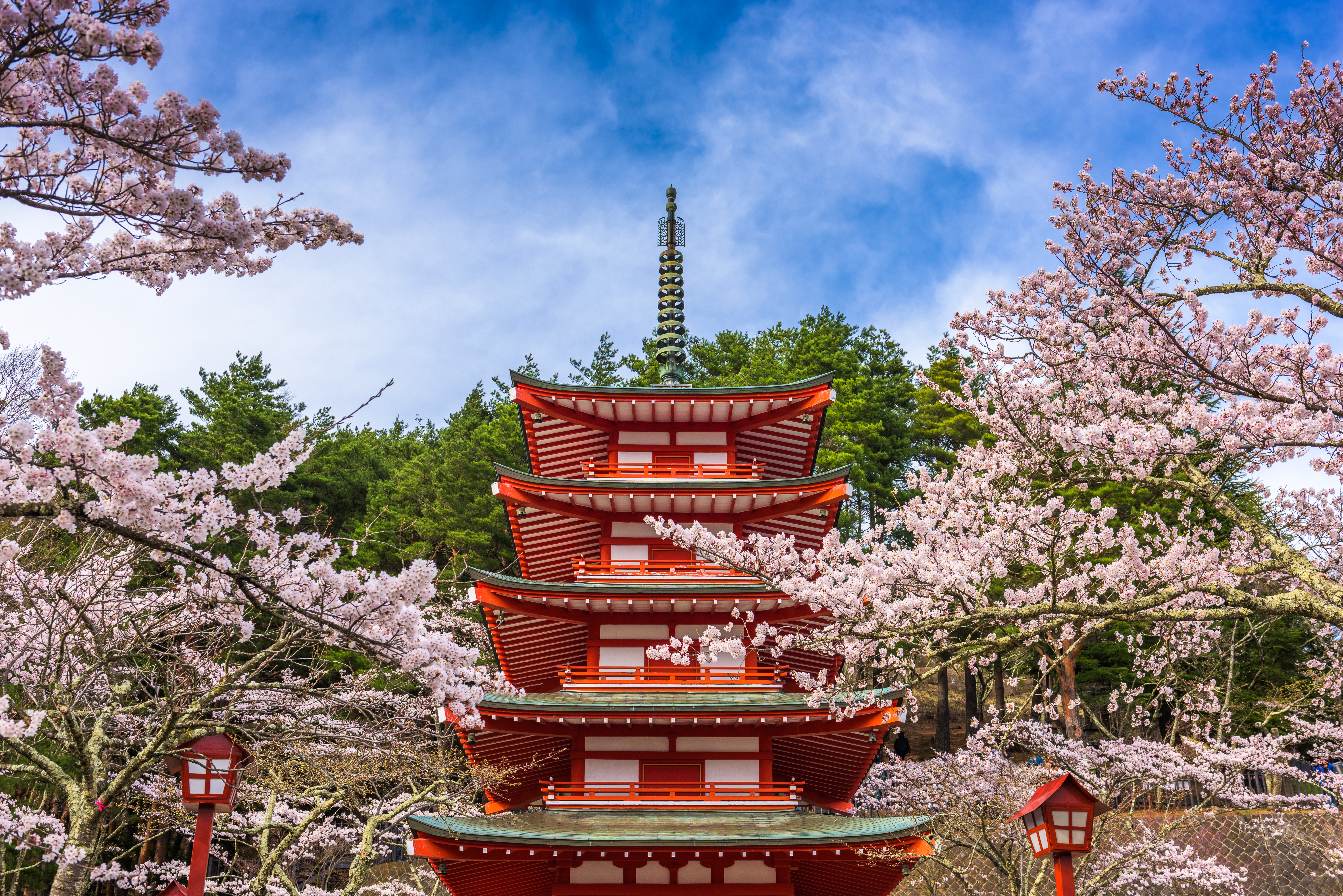
Japan's Cultural Treasures
May 10 - 23, 2026
$10,499 Including air based on double occupancy.
Only Two Places Left
EXPLORE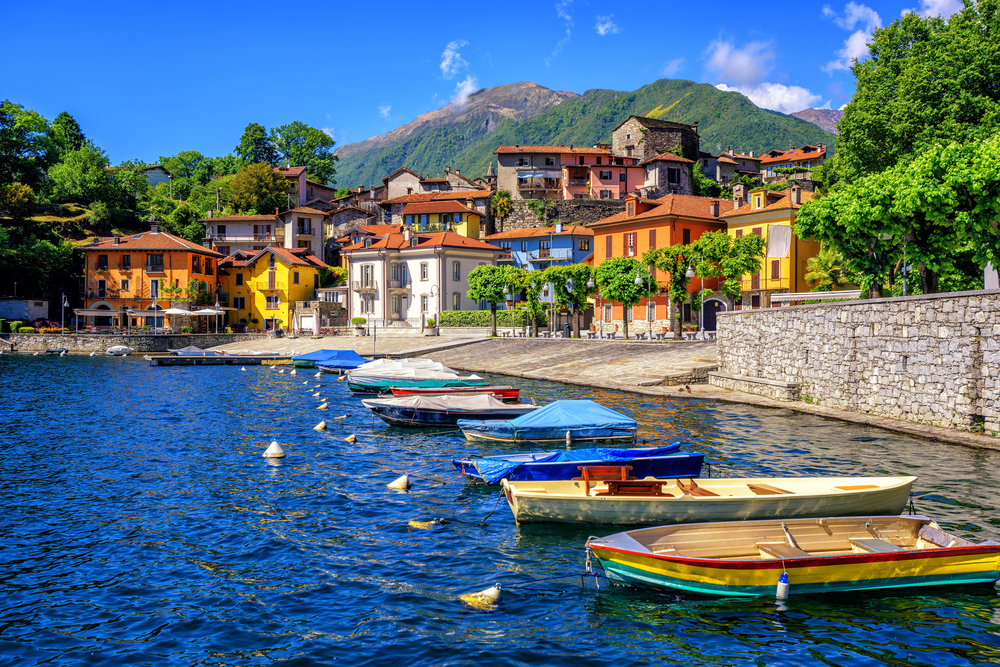
Alpine Lakes & Scenic Trains
September 19 - 28, 2026
$8,949 based on double occupancy. Includes airfare from Toronto.




